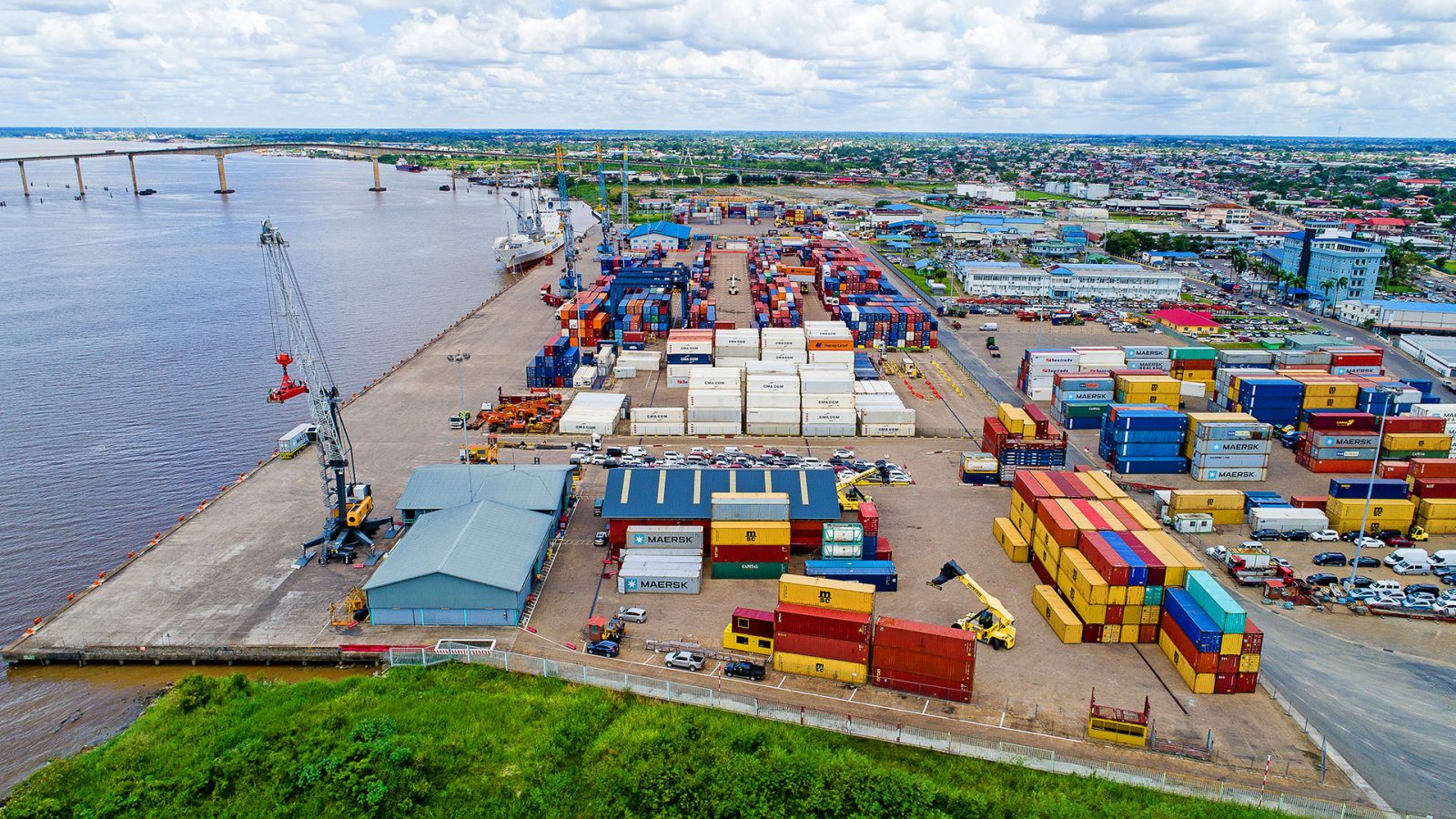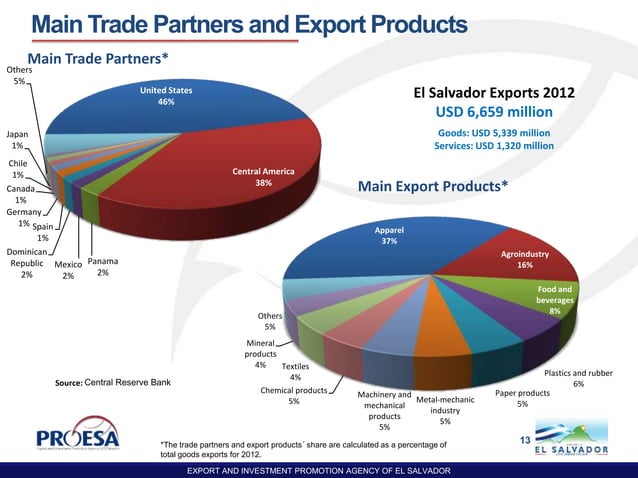
Suriname’s main exported goods
Suriname, a small country in South America, is well-known for its rich natural resources and diverse economy. The country’s export profile primarily relies on its mining sector, agricultural products, and forestry. Below is an overview of Suriname’s main exported goods:
1. Gold
Gold is Suriname’s most significant export, contributing substantially to its GDP. The country’s gold mining industry is dominated by large-scale international companies, such as Newmont Corporation and IAMGOLD, as well as artisanal miners. Gold exports account for the majority of Suriname’s total exports, with the United States, Switzerland, and the United Arab Emirates being the primary destinations.
2. Crude Oil
Suriname is an emerging player in the oil and gas sector. State-owned Staatsolie Maatschappij Suriname operates most of the oil exploration and production. The country exports crude oil to regional markets, particularly in the Caribbean and the United States. Offshore oil discoveries have positioned Suriname as a future key player in the global energy market.
3. Bauxite and Alumina
Historically, bauxite was the backbone of Suriname’s economy, with mining and processing plants contributing significantly to export earnings. Although the industry has declined in recent years, alumina and bauxite remain key exports, mainly destined for North America and Europe.
4. Agricultural Products
Agriculture is an essential sector of Suriname’s economy, and the country exports a range of agricultural products:
Rice: Suriname is a leading rice exporter in the Caribbean region, with the European Union being a primary market.
Bananas: Banana exports, managed by the state-owned company FAI, contribute significantly to the economy, with Europe being a key market.
Fisheries: Shrimp and fish are also important export commodities, mainly sent to the United States and Asian markets.
5. Timber and Forestry Products
Suriname’s dense tropical rainforests provide high-quality hardwood, including species like mahogany, rosewood, and greenheart. Timber exports are a growing sector, with China, India, and Europe being significant markets.
6. Other Exports
Sugar: While smaller in scale, sugar production contributes to Suriname’s export profile, mainly serving regional markets.
Fruits and Vegetables: Tropical fruits such as oranges, mangos, and coconuts are exported to neighboring countries and beyond.
Metals and Minerals: Other minerals, including nickel and gravel, also contribute to the country’s export basket.
Export Partners
Suriname’s key trading partners include the United States, the European Union, China, and neighboring countries in the Caribbean and South America. Regional integration initiatives, such as CARICOM, help facilitate trade with other Caribbean nations.
Challenges and Opportunities
While Suriname has a strong resource base, the country faces challenges such as over-reliance on gold and oil, fluctuating global commodity prices, and environmental concerns. However, new offshore oil discoveries and investments in agriculture and renewable resources present opportunities for diversification and economic growth.
In conclusion, Suriname’s export economy is heavily reliant on natural resources, particularly gold and crude oil. However, its diverse agricultural output and potential in timber and offshore oil exploration provide promising avenues for future economic development. With strategic management, Suriname can leverage its resources to achieve sustainable growth.



Leave a Reply